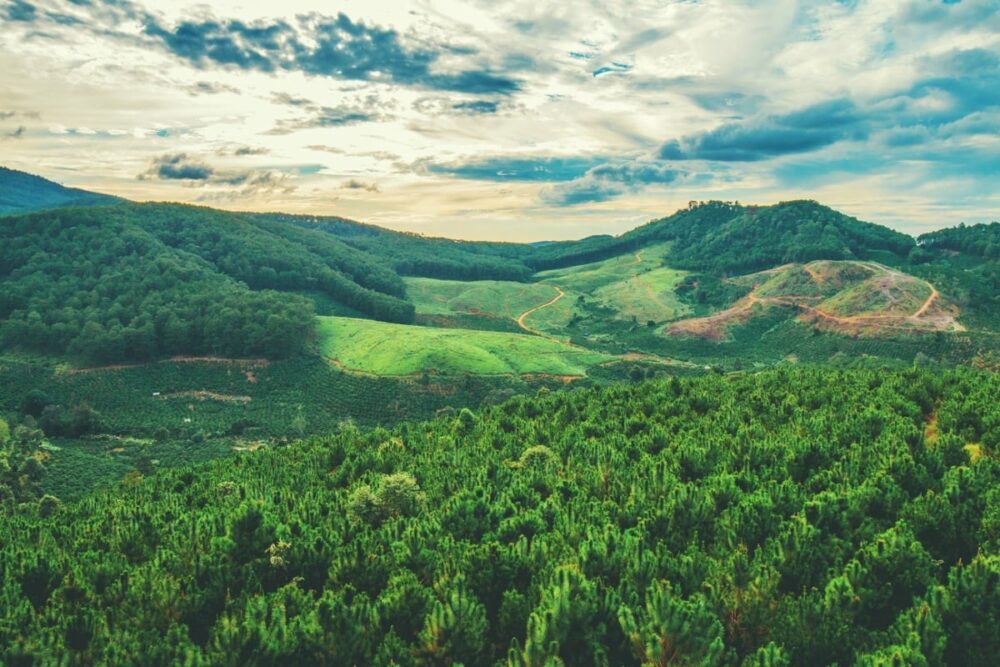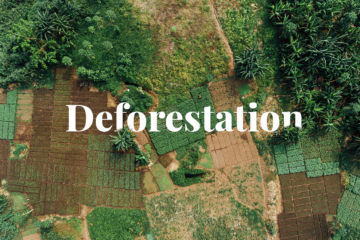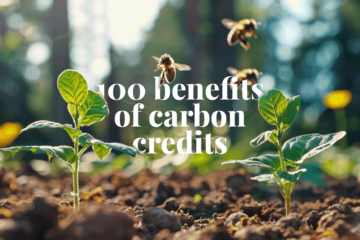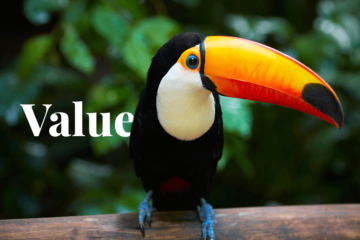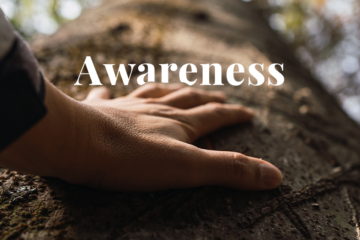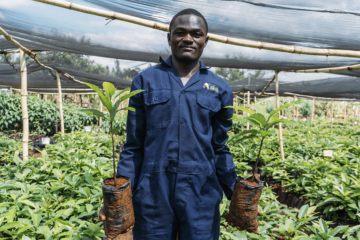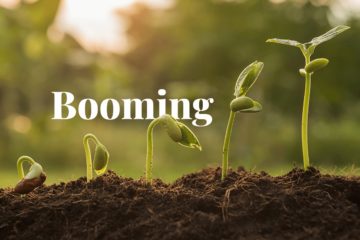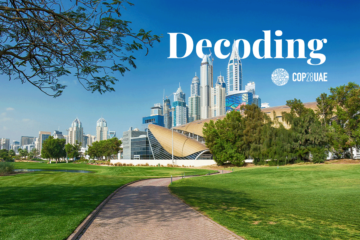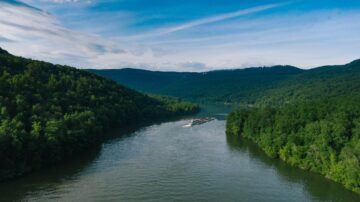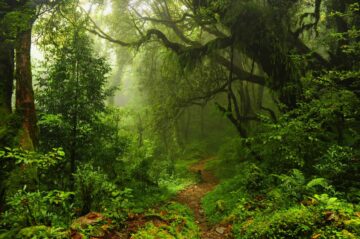Rio Tinto, a large mining and metals corporation operating in 35 countries worldwide, is developing eight high-integrity nature-based projects as a part of its decarbonisation strategy. The projects will be developed at an average carbon price of USD 30 per metric tonne at or near Rio Tinto’s sites.

In Rio Tinto’s Investment Seminar held in November 2022, it affirmed that nature-based solutions will be a key component of its decarbonisation strategy. Rio Tinto set climate targets to reduce its scope 1 and 2 emissions by 15% by 2015 and 50% by 2030. It aims to reach net zero by 2050. Its 2021 scope 1 and 2 footprint was equivalent to 31.1 million tonnes of carbon dioxide (CO2), down from 32.5 million tonnes in 2018.
Rio Tinto has access to more than 4 million hectares of land globally and can thus utilise natural climate solutions for carbon sequestration and to benefit the local biodiversity, society and economy.
In their seminar, Rio Tinto described that its approach to decarbonisation concerning nature-based projects consists of two aspects. One is to develop nature-based solutions, and the other is to secure high-quality carbon credits.
The projects will potentially put 500 000 hectares of land (about half the size of Qatar) under conservation, restoration, or sustainable land management. The first round of projects is expected to generate up to 1 million tonnes of carbon offsets annually by 2030.
Estimated development costs of the projects are between USD 20-50 (depending on project type), with an average of USD 30 per tonne of CO2. Project types include conservation, land management, and reforestation, and landscapes consist of forests, mangroves, and pastoral lands.
One of Rio Tinto’s early small-scale projects involved 2 300 people from the local community growing 640 000 seedlings in local village nurseries and planting them on 500 hectares of land. The tree species planted have a high carbon-capture capacity of between 8 and 12 tonnes per hectare, and over 90% of the investment spend of the project goes to the community. Rio Tinto highlighted that this project protects biodiversity and endangered habitats, addresses the needs of the local population, and is a method that can be scaled.
Rio Tinto incorporates several aspects into its project plans to ensure that those projects are high quality, that the resulting carbon credits issued represent actual avoidance and reduction, and that they will not negatively impact the community and nature.
DGB Group specialises in developing sustainably managed nature-based projects that restore biodiversity and ecosystems. DGB is committed to the protection, restoration, and appreciation of nature and encourages companies worldwide to do the same by investing in or developing large-scale nature-based projects.
- SEO Powered Content & PR Distribution. Get Amplified Today.
- Platoblockchain. Web3 Metaverse Intelligence. Knowledge Amplified. Access Here.
- Source: https://www.green.earth/blog/mining-and-metals-giant-developing-eight-nature-based-projects
- 000
- 1
- 15%
- 2018
- 2021
- a
- About
- access
- addresses
- aims
- already
- and
- Annually
- appreciation
- approach
- aspects
- average
- benefit
- between
- Capacity
- carbon
- carbon credits
- carbon dioxide
- Climate
- code
- committed
- community
- Companies
- component
- CONSERVATION
- CORPORATION
- Costs
- countries
- Credits
- Depending
- described
- develop
- developed
- developing
- Development
- DGB
- down
- Early
- economy
- Ecosystems
- Emissions
- encourages
- ensure
- Equivalent
- expected
- First
- Footprint
- from
- generate
- get
- giant
- Globally
- Goes
- Green
- Group
- Growing
- Half
- Held
- High
- high-quality
- Highlighted
- HTTPS
- HubSpot
- Impact
- in
- include
- investing
- investment
- involved
- Issued
- IT
- Key
- Land
- lands
- large
- large-scale
- local
- managed
- management
- max-width
- Metals
- method
- metric
- million
- Mining
- more
- Natural
- Nature
- Near
- needs
- negatively
- net
- November
- ONE
- operating
- Other
- part
- People
- plans
- Planting
- plato
- Plato Data Intelligence
- PlatoData
- population
- potentially
- price
- project
- projects
- protection
- put
- Qatar
- quality
- reach
- reduce
- represent
- restoration
- resulting
- return
- round
- same
- scope
- secure
- seminar
- sequestration
- set
- several
- Sites
- Size
- Society
- Solutions
- spend
- Strategy
- sustainable
- targets
- team
- The
- The Projects
- their
- to
- touch
- types
- under
- USD
- Village
- will
- worldwide
- Your
- zephyrnet
- zero

